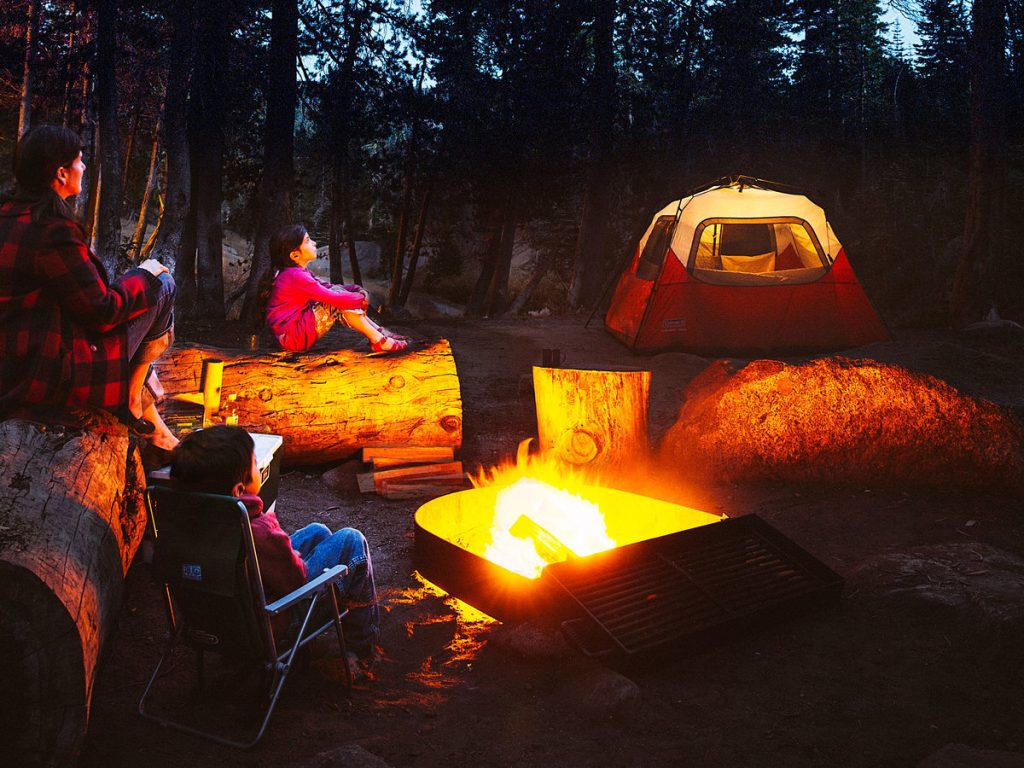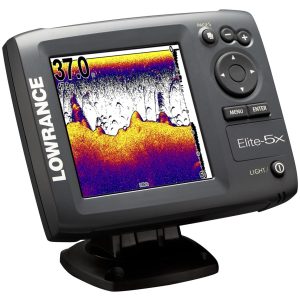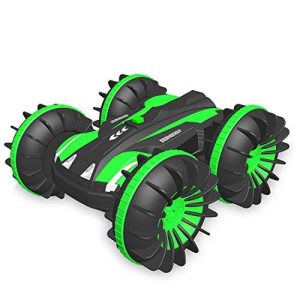Introduction to Camp Aesthetic
A. Definition and origins of camp aesthetic
Camp aesthetic refers to a style and sensibility that is characterized by exaggeration, irony, and theatricality. The term “camp” originated from Susan Sontag’s essay “Notes on ‘Camp'” in which she defined camp as a love of the unnatural, artifice, and exaggeration. The origins of camp can be traced back to the LGBTQ+ subculture, particularly drag culture and the underground theater scene. Camp aesthetic has since permeated various aspects of popular culture, including fashion, art, film, and music.
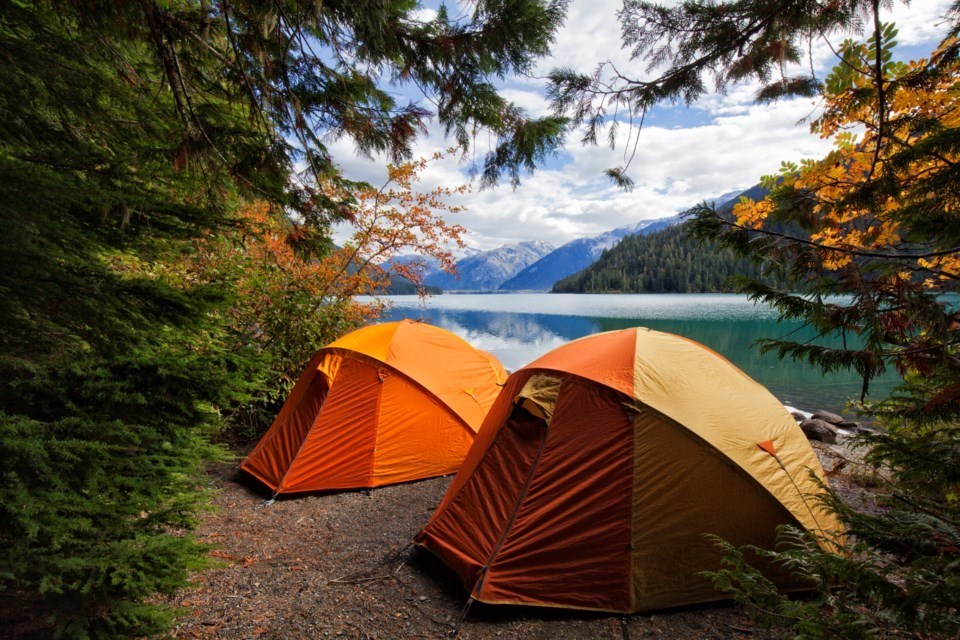
B. Overview of the key elements that define camp style
Camp style is defined by several key elements that contribute to its distinct and flamboyant nature. First, camp embraces and celebrates kitsch, often incorporating elements that are considered tacky or over-the-top. This can include gaudy colors, bold patterns, and excessive embellishments. Second, camp often employs irony and humor, juxtaposing serious or mundane objects or themes with a playful twist. This irony can manifest in tongue-in-cheek references, wordplay, or exaggerated gestures. Third, camp embraces theatricality and performance, often blurring the lines between reality and fiction. This can be seen in dramatic fashion choices, elaborate stage productions, or exaggerated mannerisms. Lastly, camp is often associated with a sense of inclusion and rebellion against social norms, embracing diversity and subverting traditional notions of beauty and gender.
Bold and Playful Colors
A. Vibrant Color Palette
-
Embracing bold, bright, and unexpected color combinations
Bold and playful colors are a key component of the camp aesthetic. This includes embracing bold, bright, and unexpected color combinations that catch the eye and create a sense of excitement. Camp style often incorporates colors that are traditionally considered clashing or unconventional, creating a visual impact that is both striking and captivating.
-
Using colors that evoke joy, nostalgia, and whimsy
Camp aesthetic often draws from a color palette that evokes joy, nostalgia, and whimsy. Vibrant hues such as hot pink, electric blue, and neon green are commonly found in camp-inspired designs. These colors create a sense of fun and exuberance, harkening back to childhood and eliciting a feeling of lightheartedness and playfulness.
B. Pop Art and Retro Influences
-
Incorporating elements of pop culture and retro design
Camp aesthetic often incorporates elements of pop culture and retro design, which heavily rely on bold and playful colors. Pop art, with its vibrant palette and graphic style, has greatly influenced camp aesthetics. The use of bright, saturated colors and bold outlines is reminiscent of iconic pop art pieces, creating a sense of visual impact and energy.
-
Drawing inspiration from vintage advertisements, comic books, and mid-century design
Vintage advertisements, comic books, and mid-century design also provide inspiration for the bold and playful colors of camp aesthetic. These sources often feature bold color choices and exaggerated imagery, mirroring the camp sensibility. The colors used in vintage advertisements evoke a sense of nostalgia, while comic books utilize bold colors to create dynamic and eye-catching visuals. Mid-century design, known for its optimistic and futuristic aesthetics, also embraces bold color choices to create a sense of drama and excitement.
Kitschy Decor and Accents
A. Eclectic Mix of Patterns and Textures
-
Combining clashing patterns and textures for a whimsical and playful effect
Kitschy decor often features an eclectic mix of clashing patterns and textures, creating a whimsical and playful atmosphere. This includes combining contrasting elements such as polka dots with stripes, florals with animal prints, or velvet with sequins. The juxtaposition of these patterns and textures adds visual interest and a sense of fun to the overall decor.
-
Incorporating elements like polka dots, stripes, and animal prints
Polka dots, stripes, and animal prints are commonly found in kitschy decor. These patterns add a touch of nostalgia and playfulness to the space. Polka dots evoke a sense of whimsy, while stripes create a bold and graphic look. Animal prints, whether faux or vibrant and exaggerated, are a staple in kitschy design, adding a touch of kitsch and eccentricity to the space.
B. Unique and Quirky Objects
-
Decorating with kitschy and nostalgic items such as vintage toys or retro signage
Kitschy decor often incorporates unique and quirky objects that evoke a sense of nostalgia. Vintage toys, retro signage, and novelty items are popular choices. These items offer a touch of whimsy and nostalgia, adding personality and character to the space. They can serve as conversation starters and create a lighthearted and fun ambiance.
-
Displaying unconventional objects with a sense of humor and irony
Kitschy decor embraces unconventional objects and displays them with a sense of humor and irony. This can include items such as oversized gnomes, plastic flamingos, or quirky figurines. These objects add a sense of playfulness and irony to the space, making a statement and inviting a sense of lightheartedness and whimsy.
Camp Fashion and Style
A. Exaggerated Silhouettes and Accessories
-
Embracing oversized, dramatic, and flamboyant fashion choices
Camp fashion is characterized by embracing oversized, dramatic, and flamboyant silhouettes. This includes wearing clothing that is intentionally oversized or exaggerated, such as billowing sleeves, oversized blazers, or voluminous skirts. These exaggerated proportions create a sense of drama and playfulness in the overall look.
-
Incorporating statement accessories like bold hats, feather boas, or chunky jewelry
Statement accessories are an essential component of camp fashion. Bold hats, feather boas, chunky jewelry, and other attention-grabbing accessories are often incorporated to enhance the overall dramatic effect. These accessories add a touch of whimsy and extravagance to the outfit, helping to create a unique and eye-catching style.
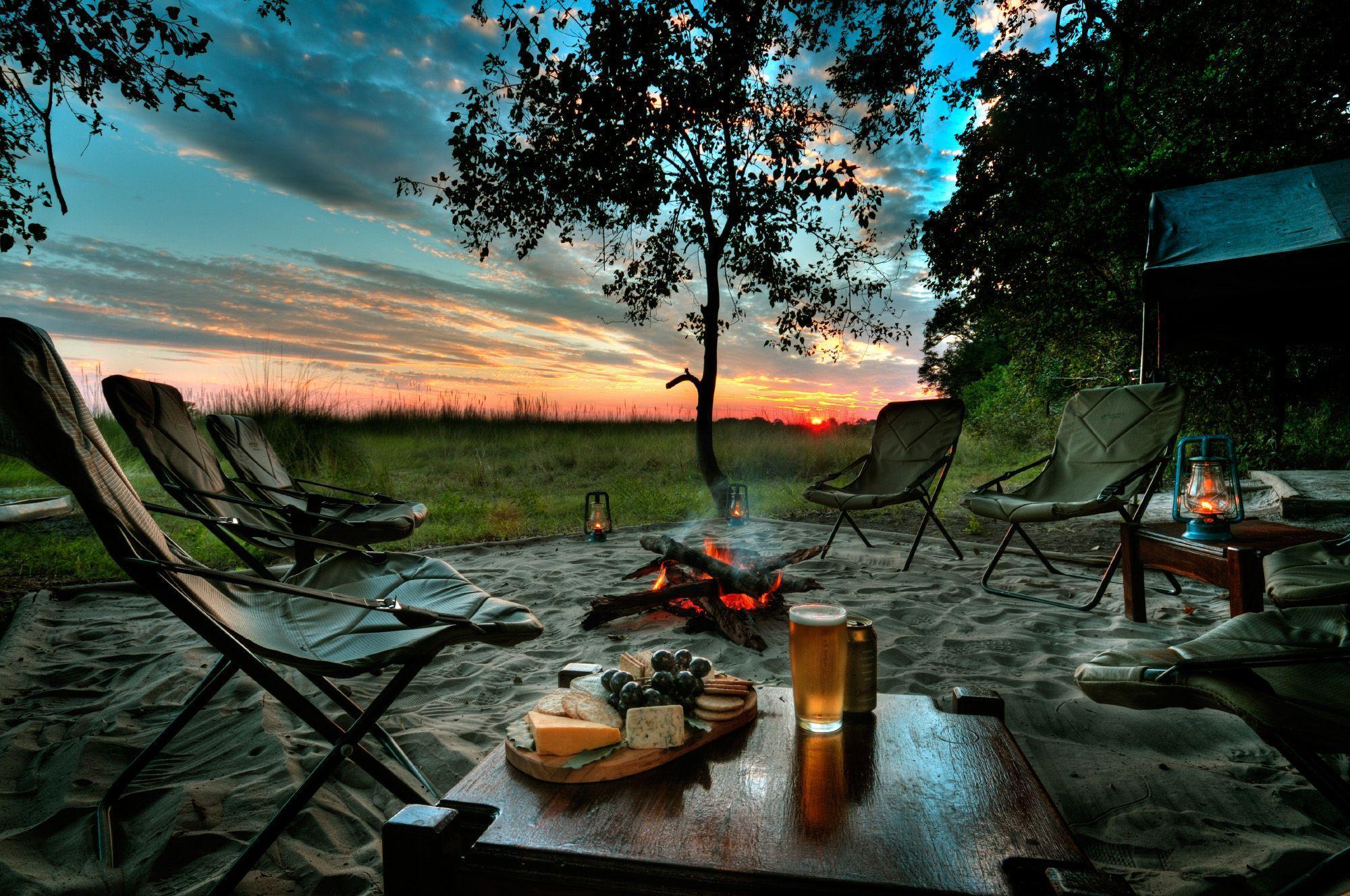
B. Mixing High and Low Culture
-
Combining high-end fashion with inexpensive or thrifted pieces for a playful juxtaposition
Camp style often involves mixing high-end fashion pieces with inexpensive or thrifted items, creating a playful juxtaposition. This blending of high and low culture adds an element of surprise and irony to the overall look. It allows for creativity and self-expression, as camp fashion enthusiasts find unique ways to create a distinctive style using a range of fashion sources.
-
Experimenting with unconventional or unconventional combinations to create a unique style
Camp fashion encourages experimentation and the breaking of traditional fashion rules. It involves playing with unconventional combinations, mixing patterns, clashing colors, and layering different textures. This allows individuals to express their individuality and create a unique style that embraces their personality and sense of adventure.
